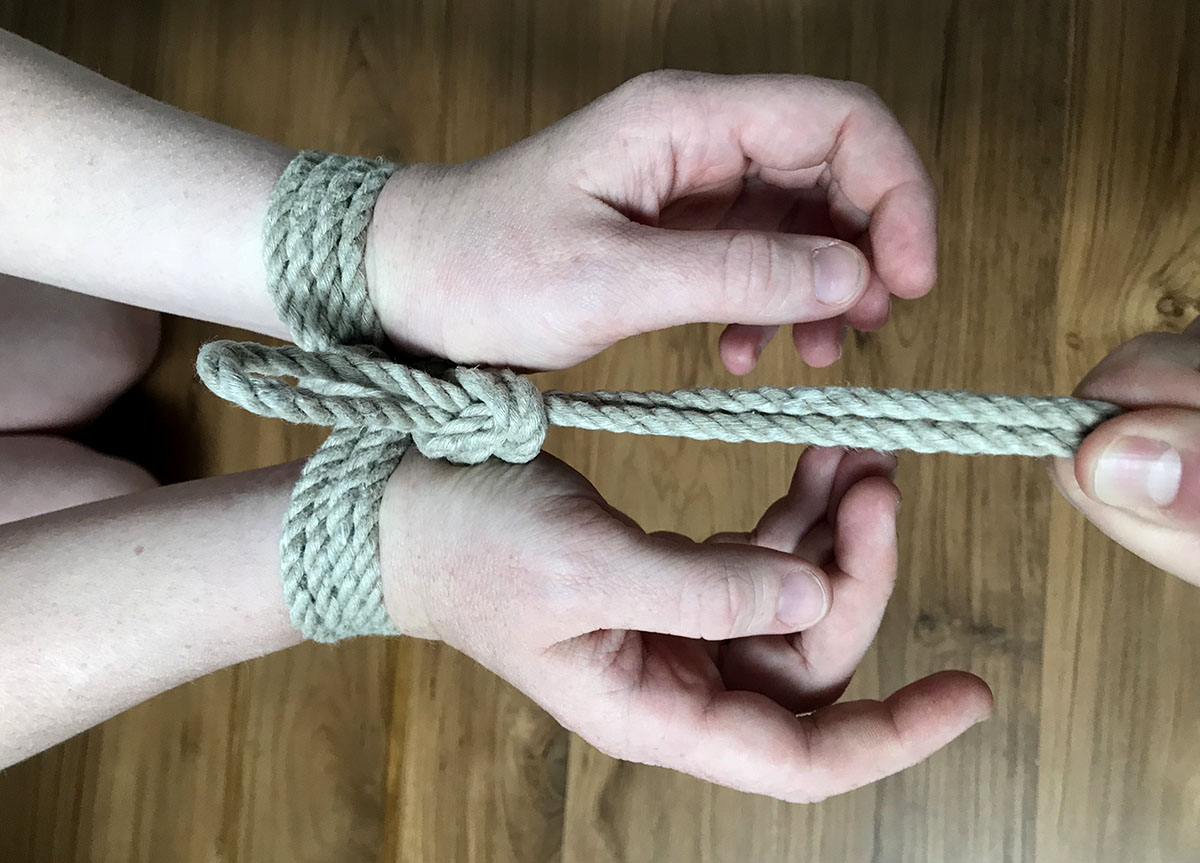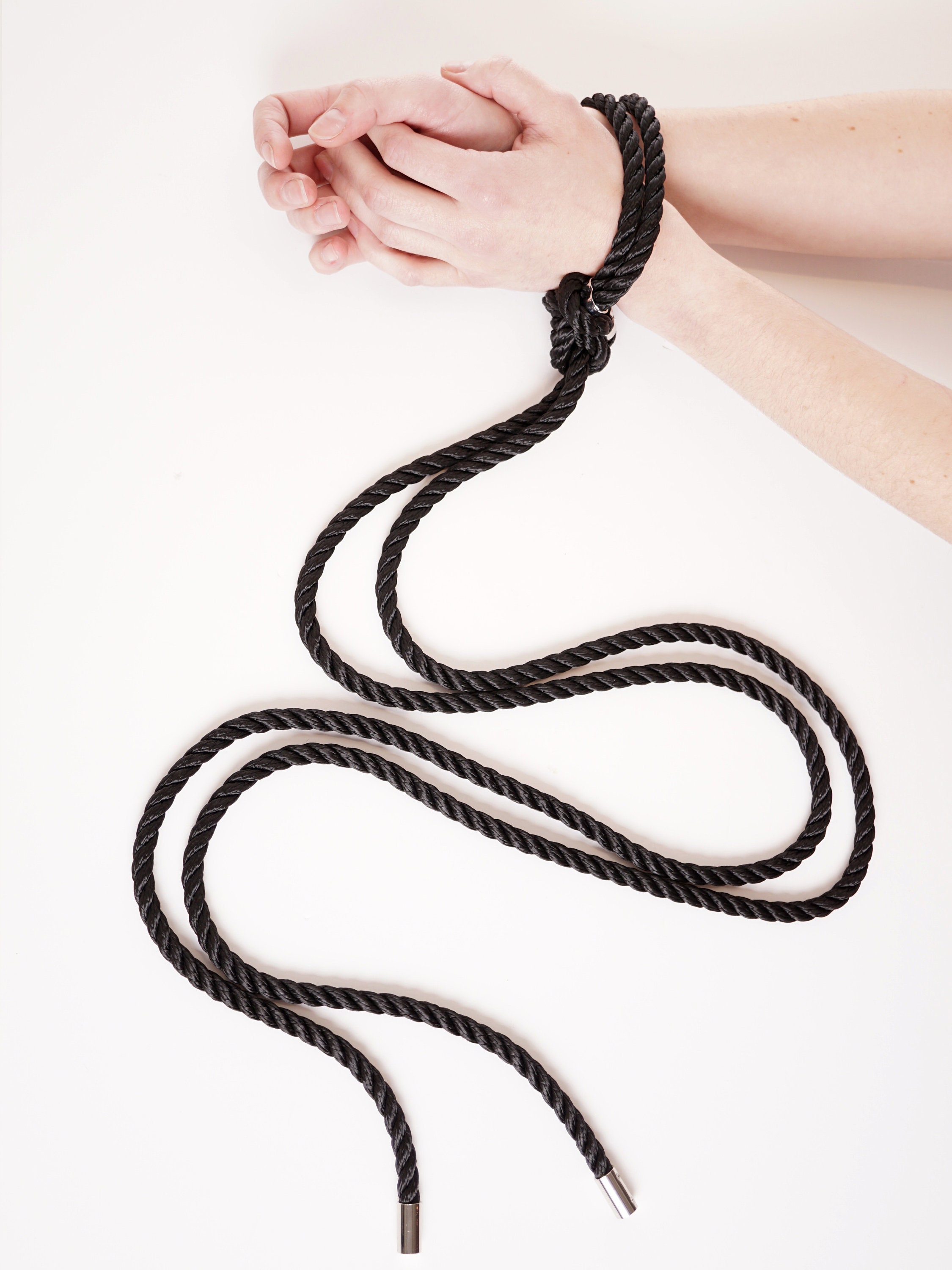Hey there, fellow explorers of human connection and creativity. If you've stumbled upon this page, chances are you're curious about tie bondage. It's not just about ropes and knots; it's an intricate dance of trust, vulnerability, and artistry. Whether you're new to the concept or looking to deepen your understanding, we're diving deep into the world of tie bondage. So, buckle up and let's explore this fascinating realm together.
Tie bondage is more than just a physical act; it's a form of communication that speaks volumes without words. It's about creating a bond between individuals, where trust becomes the foundation of every knot, every tie, and every movement. This isn't just about the aesthetics or the thrill—it's about understanding the nuances of human connection.
Before we dive headfirst into the ropes and techniques, let's set the stage. This article is here to guide you through the ins and outs of tie bondage, offering insights, tips, and tricks to ensure your journey is both safe and fulfilling. So, whether you're tying or being tied, there's something here for everyone.
Read also:Candice Lerae The Rising Star Taking The World By Storm
What Exactly Is Tie Bondage?
Tie bondage, in its simplest form, is the art of binding someone using ropes, cords, or other materials. But don't let the simplicity fool you—there's a whole world of depth and complexity beneath the surface. It's a practice that combines physical restraint with emotional connection, turning something as ordinary as a rope into a powerful tool for expression.
Think of tie bondage as a language. Just like any language, it has its own grammar, vocabulary, and nuances. The ropes are the words, the knots are the punctuation, and the trust between partners is the syntax that holds everything together.
Key Principles of Tie Bondage
Before you even think about picking up a rope, it's crucial to understand the foundational principles of tie bondage:
- Consent: Always prioritize clear, enthusiastic consent from all parties involved.
- Communication: Open dialogue is key to ensuring everyone feels safe and respected.
- Safety: Know your limits and respect the boundaries of others.
- Artistry: Tie bondage is as much about creativity as it is about technique.
These principles aren't just guidelines—they're the backbone of every successful tie bondage experience. Without them, the practice loses its meaning and purpose.
Why Tie Bondage Matters
For many, tie bondage is more than just a hobby or interest—it's a way of life. It offers a unique avenue for self-expression, emotional exploration, and personal growth. In a world where communication can often feel shallow, tie bondage provides a profound way to connect with others on a deeper level.
It's also about empowerment. Whether you're the one tying or being tied, you're taking control of your own narrative. You're choosing how you want to express yourself and how you want to engage with others. That sense of agency is incredibly liberating.
Read also:Sophia Lafortezza Unveiling The Rising Star Of The Digital Age
Emotional and Psychological Benefits
Let's talk about the emotional and psychological benefits of tie bondage:
- It fosters trust and intimacy between partners.
- It encourages mindfulness and presence in the moment.
- It can be a powerful tool for processing emotions and healing trauma.
- It promotes self-awareness and body positivity.
These benefits aren't just anecdotal; they're backed by research and real-life experiences. For many, tie bondage is a transformative practice that enhances their overall well-being.
Getting Started with Tie Bondage
If you're new to tie bondage, the prospect of diving in might feel a little overwhelming. But don't worry—we've got you covered. Here's a step-by-step guide to help you get started:
Choosing the Right Equipment
Your tools are your allies in the world of tie bondage. When selecting ropes, consider the following:
- Material: Natural fibers like hemp and cotton are popular choices for their durability and texture.
- Length: Standard ropes are usually around 6-8 meters long, but this can vary depending on your needs.
- Thickness: Thicker ropes provide more stability, while thinner ones allow for more intricate designs.
Remember, the quality of your equipment can make a big difference in your experience. Invest in good materials to ensure both safety and comfort.
Mastering the Basics
Once you have your tools, it's time to learn the basics. Tie bondage is all about technique, so take the time to master the fundamentals before moving on to more advanced patterns.
Essential Knots to Know
Here are a few knots every beginner should know:
- Cow Hitch: A versatile knot used for securing ropes to various points.
- Box Tie: A classic pattern that's both simple and effective.
- Figure Eight: Great for creating loops and adding decorative elements.
Practice these knots until they become second nature. The more comfortable you are with the basics, the easier it will be to experiment with more complex patterns.
Safety First: Navigating Risks
While tie bondage is a beautiful practice, it's not without its risks. It's essential to be aware of potential hazards and take steps to mitigate them.
Common Safety Concerns
Here are some common safety concerns to watch out for:
- Circulation: Ensure that ropes aren't too tight, as this can restrict blood flow.
- Nerve Damage: Be mindful of pressure points and avoid tying too close to sensitive areas.
- Chafing: Use padding or protective gear to prevent skin irritation.
By staying informed and vigilant, you can enjoy tie bondage safely and responsibly.
Exploring Advanced Techniques
Once you've mastered the basics, it's time to explore more advanced techniques. This is where the real creativity comes into play. Advanced tie bondage allows you to push the boundaries of your practice and take your skills to the next level.
Dynamic Patterns and Movements
Advanced techniques often involve dynamic patterns and movements. These can include:
- Suspension bondage, where the bottom is lifted off the ground.
- Complex geometric designs that challenge both the artist and the model.
- Performance art that incorporates tie bondage into larger creative projects.
These techniques require a higher level of skill and trust, so approach them with caution and respect.
Finding Your Community
Tie bondage is not just a solitary practice—it's a vibrant community of like-minded individuals. Connecting with others who share your interests can be incredibly rewarding.
Joining Workshops and Events
One of the best ways to connect with the tie bondage community is by attending workshops and events. These gatherings offer opportunities to learn from experienced practitioners, share your own knowledge, and meet new friends.
Whether you're attending a local workshop or participating in an international festival, these events are a great way to grow your skills and expand your network.
The Future of Tie Bondage
As society becomes more open-minded and accepting, tie bondage is gaining popularity across the globe. This trend shows no signs of slowing down, and the future looks bright for those passionate about this art form.
Innovations in technology and materials are also shaping the future of tie bondage. From new rope designs to digital platforms for learning and sharing, the possibilities are endless.
Staying Ahead of the Curve
To stay ahead in the world of tie bondage, consider the following tips:
- Keep learning and experimenting with new techniques.
- Engage with the community to stay informed about the latest trends.
- Embrace technology as a tool for growth and innovation.
By staying curious and adaptable, you can continue to thrive in this ever-evolving field.
Final Thoughts
Tie bondage is a rich and rewarding practice that offers endless opportunities for growth and exploration. Whether you're a seasoned practitioner or just starting out, there's always something new to discover. Remember to prioritize safety, communication, and consent in everything you do.
So, what are you waiting for? Grab your ropes, gather your courage, and dive into the world of tie bondage. Share your experiences, connect with others, and most importantly, have fun. The journey is just beginning, and the possibilities are limitless.
Table of Contents
- What Exactly Is Tie Bondage?
- Why Tie Bondage Matters
- Getting Started with Tie Bondage
- Mastering the Basics
- Safety First: Navigating Risks
- Exploring Advanced Techniques
- Finding Your Community
- The Future of Tie Bondage
- Final Thoughts
And there you have it—a comprehensive guide to tie bondage. We hope this article has inspired you to explore this fascinating world further. Don't forget to leave a comment, share your thoughts, and check out our other articles for more insights and tips. Happy tying!


